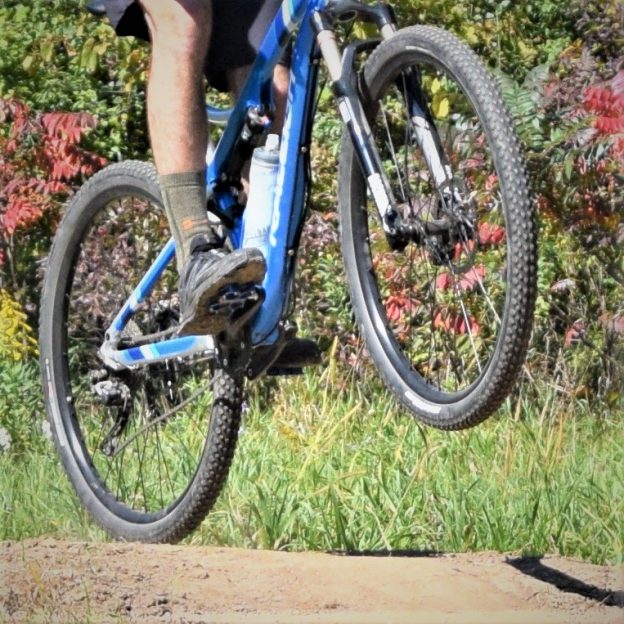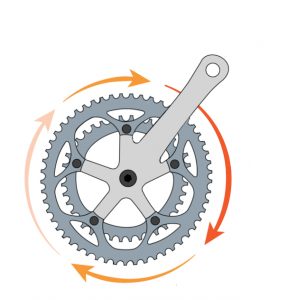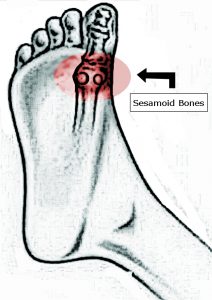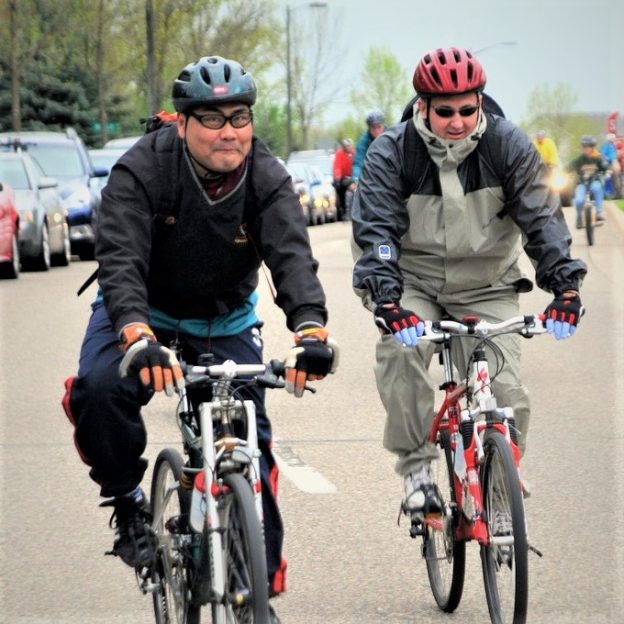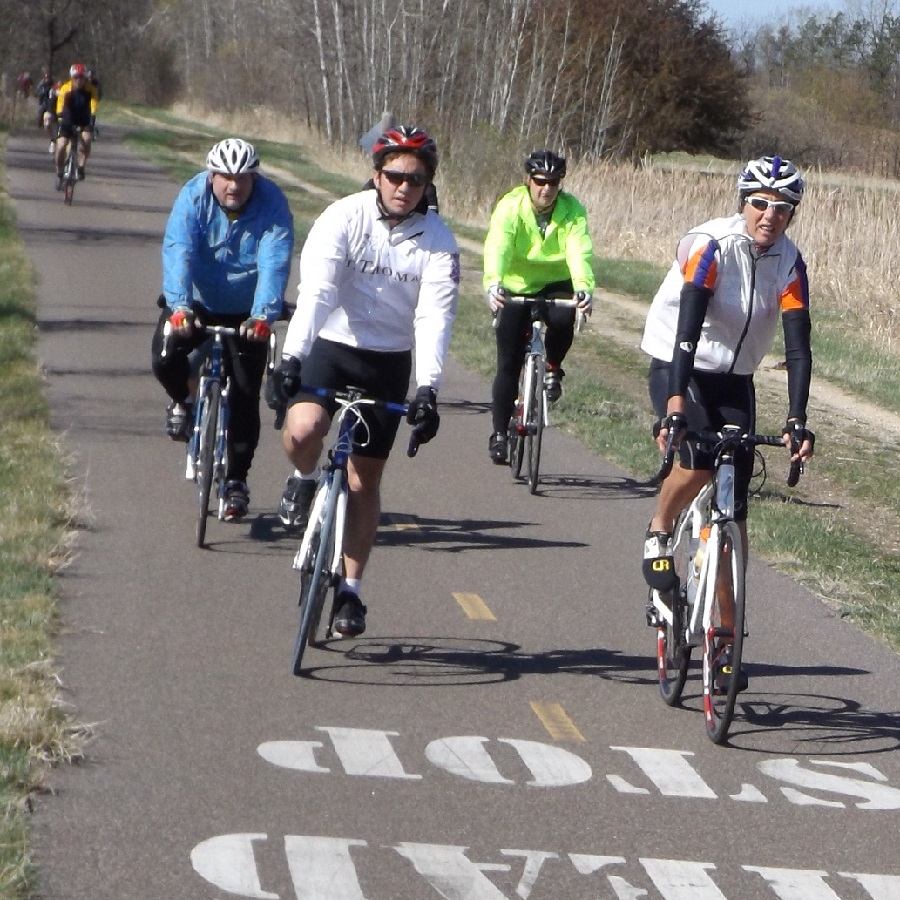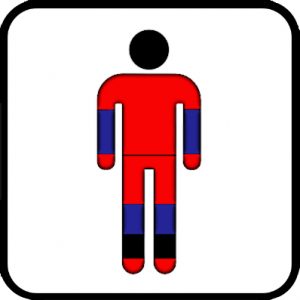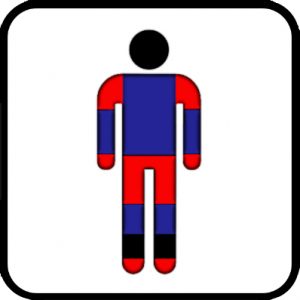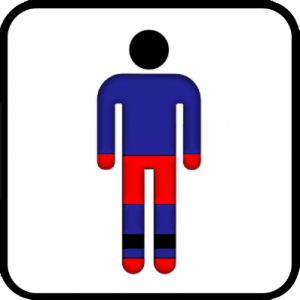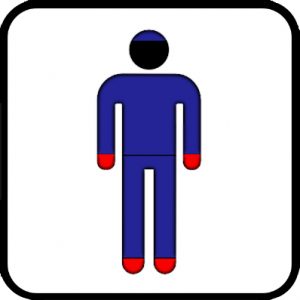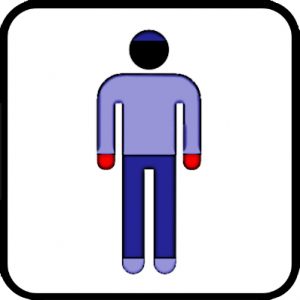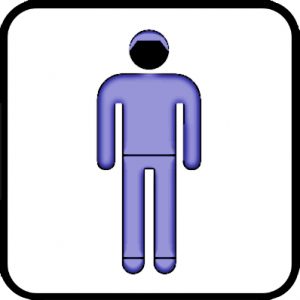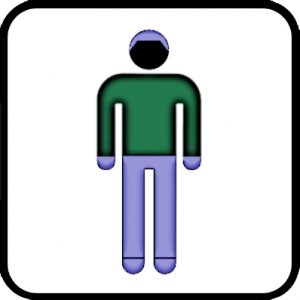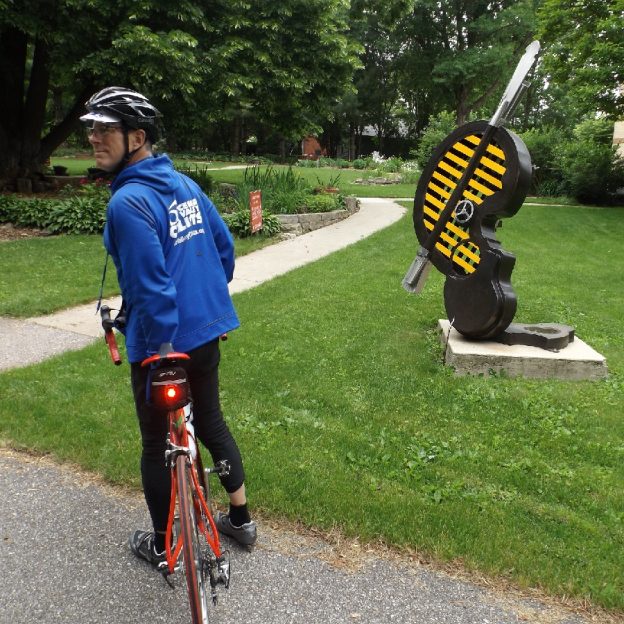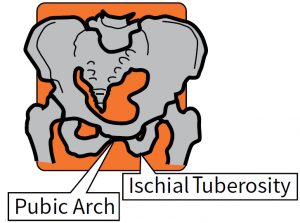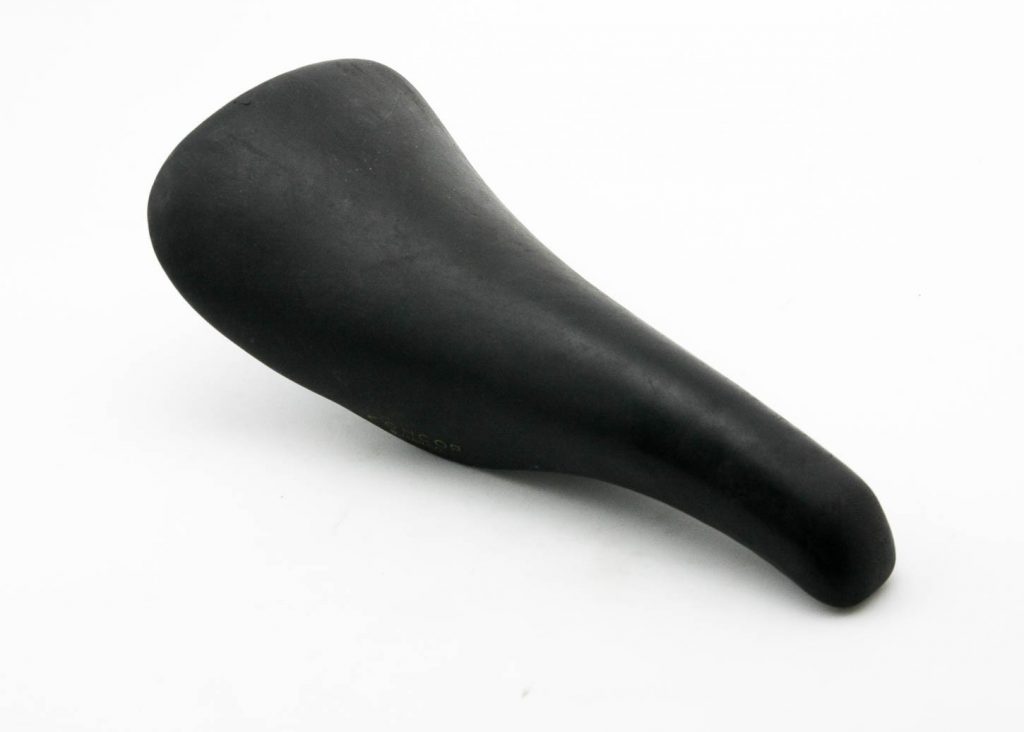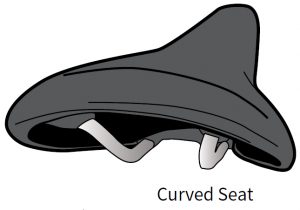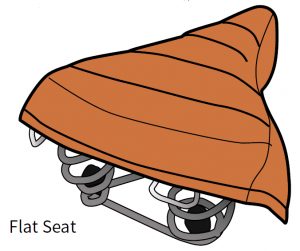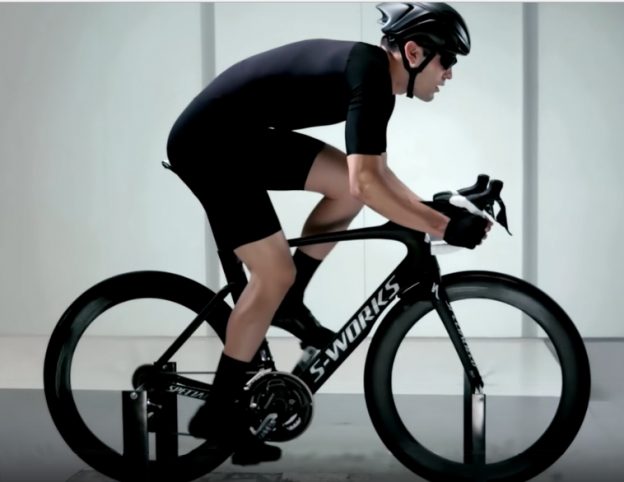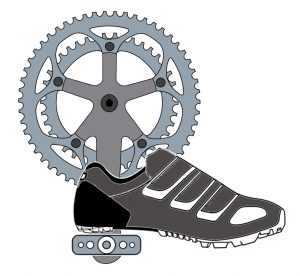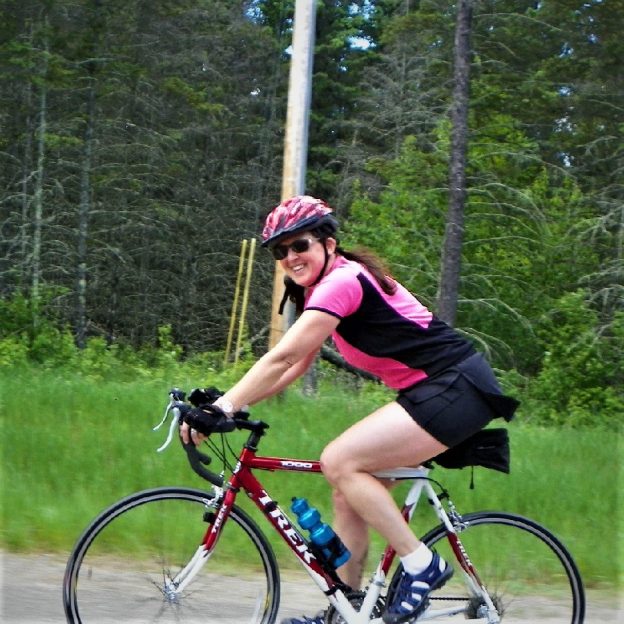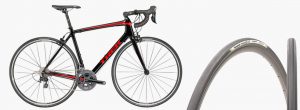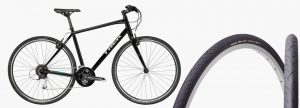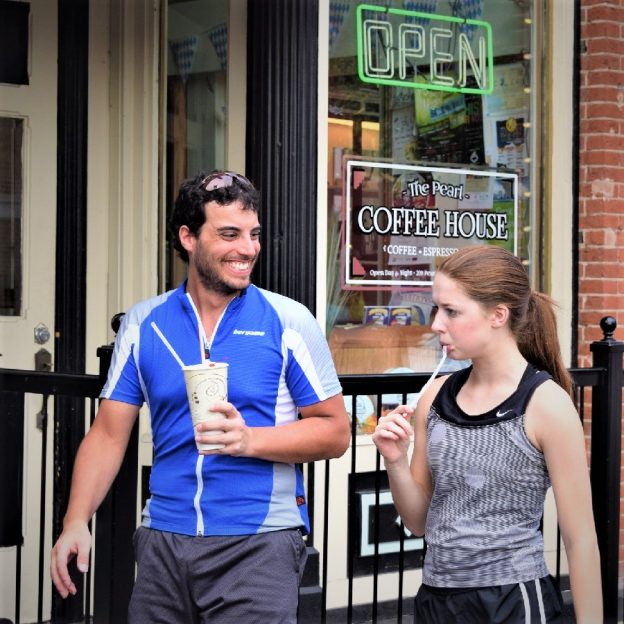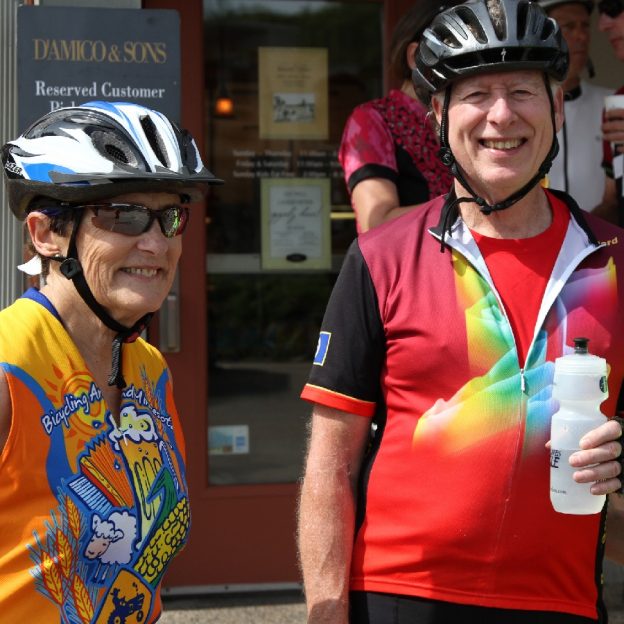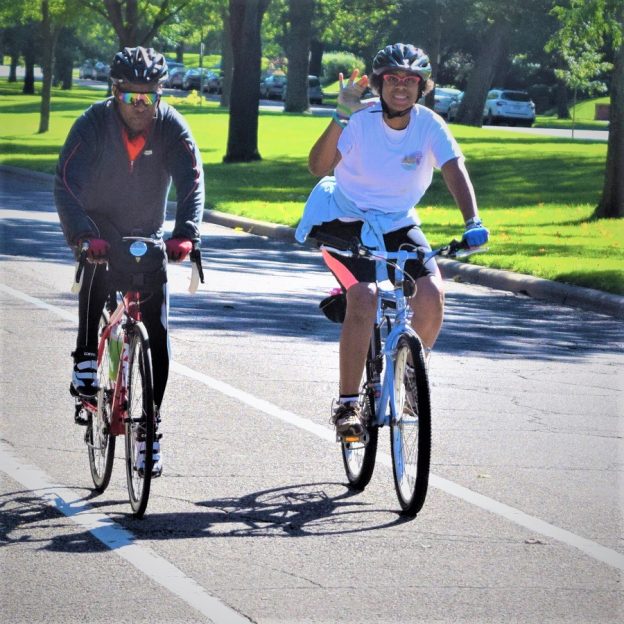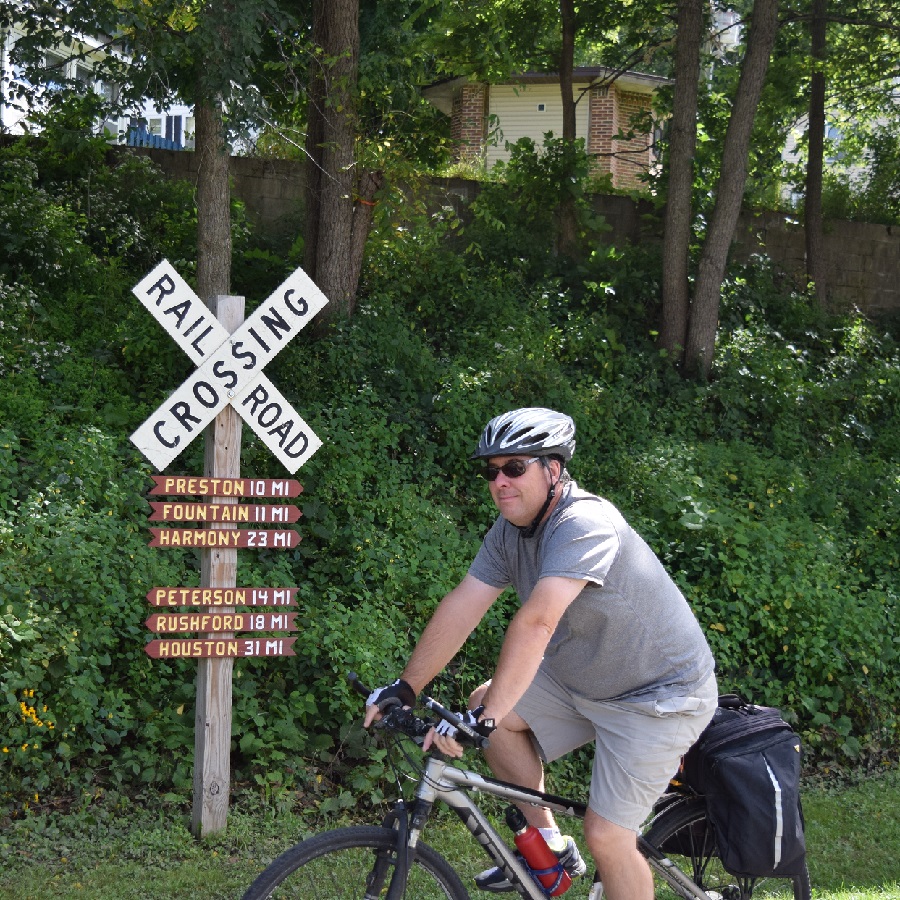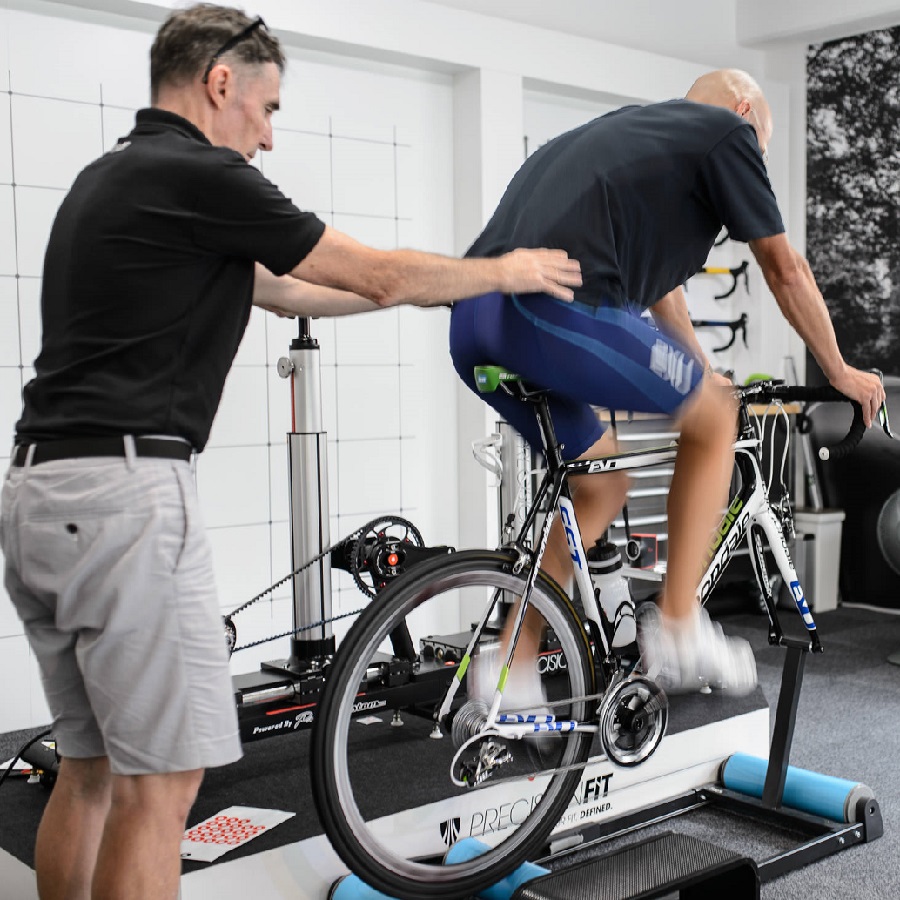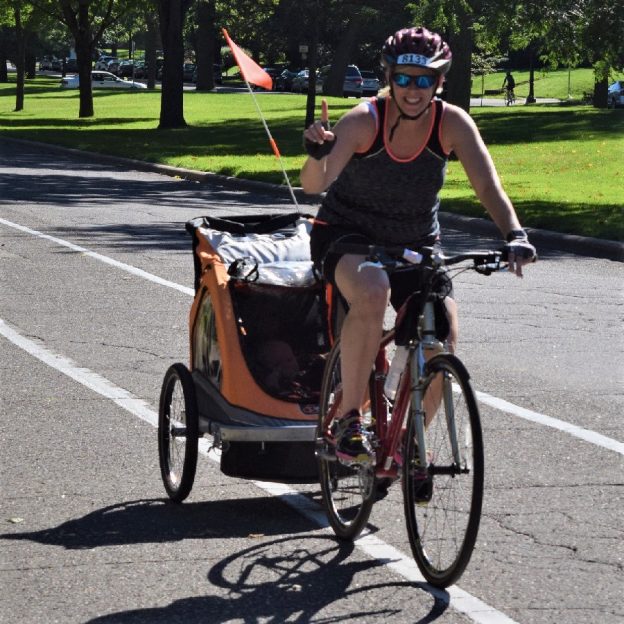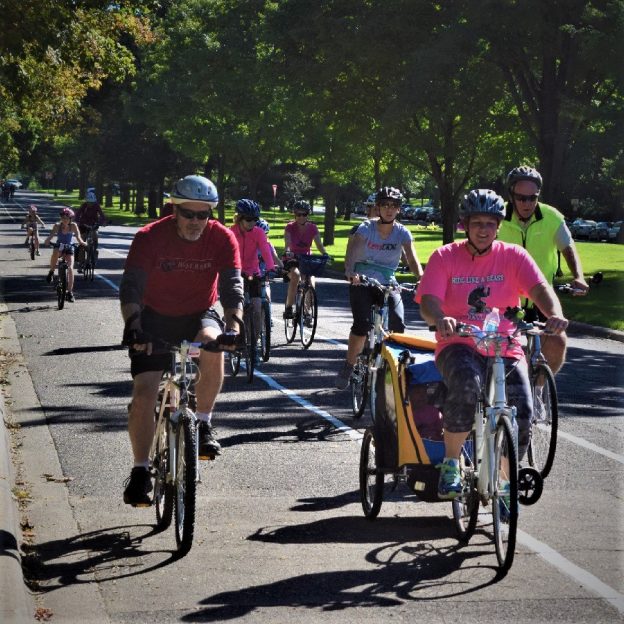by John Brown, HaveFunBiking.com
If you want to be more efficient on your bicycle, few things are as effective as the combination of clipless pedals and cycling shoes. Additionally, clip-in pedals add to overall bike comfort. As an example, there is a simple equation that always holds true: control = comfort. In the quest for more control of your bicycle, by securing your feet to the pedal your muscles work more efficiently. Connected to your bicycle more directly, you relieve excessive strain on your feet. Read on to see how easy it is to learn to ride “clipless”.
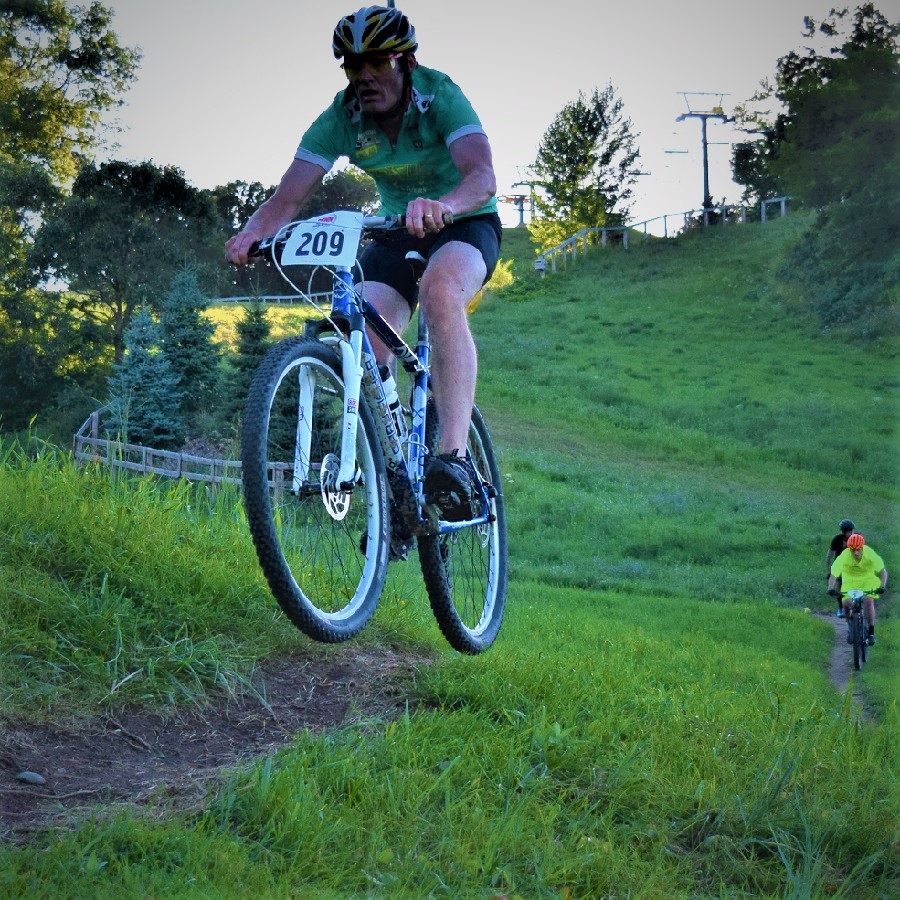
If you want to be more efficient on your bicycle, few things are as effective as the combination of clipless pedals and cycling shoes. Additionally, clipless pedals add to overall bike comfort.
History of Clipless Pedals
Why would you call a pedal that you clip into “clipless”? To understand the name, it’s best to talk about what came before it. Before the clipless pedal, riders would install baskets and straps (toe clips) on their pedals (see below). A toe clip offers a lot of control but are difficult to get in and out of. In the 1970s a company called Look used ski binding technology to create a pedal that would retain a rider’s foot, giving them control, while also allowing them to free themselves easily. This invention was called the “clip-less” pedal because it did away with the need for toe clips. Today, there are many clipless pedal designs. Each one is suited for a different riding style, but function similarly. When trying clipless pedals, find one that fits your needs.
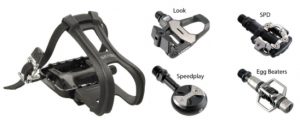
A pedal with toeclip (left) as well as a few brands of clipless pedals (right)
Pedal Benefits
A clipless pedal opens like a little jaw to accept a cleat that is mounted to your shoe. The pedal then closes tightly around that cleat, and releases only when the cleat is rotated. Being “clipped in” is helpful because you can train yourself to exert force downward, upward, forward, and backward as you pedal. Being able to control your pedal stroke completely adds efficiency and control. When it’s time to be free, a twist is all it takes to get out.
Shoe Benefits
A common discomfort among riders is something called “hotfoot”. “Hotfoot” is best described as a painful, burning sensation, or numbness in your foot while riding. Hotfoot is usually caused when two small bones in your foot, the sesamoid bones, (below) get compressed under pedaling forces.
To help alleviate this compression, cycling shoes have a very stiff sole to disperse pedaling pressures along the entire length of your foot. Cycling shoes also use a cycling-specific insole that counteracts your foots natural tendency to flatten under pressure, further equalizing force along the length of the foot. In contrast, normal sneakers and standard pedals centralize most of your pedaling efforts onto the sesamoid bones, causing a lot of discomfort.
How to Use Clipless Pedals
Getting In
The first hurtle when trying clipless pedals is clipping in. To clip into your pedals:
- Step down onto the pedal with your heel slightly raised (Figure 1). The front of the cleat should be just under the ball of your foot and fit into the pedal first.
- Next, press the ball of your foot down, and lower your heel to engage the pedal. You should hear a “click.” (Figure 2).
- Million dollar tip: Don’t look down. You can’t see the bottom of your foot anyway, and clipping in is far easier if you feel your way. Looking usually makes the process more difficult.

Figure 1

Figure 2
Getting Out
To clip out, kick your heel away from the bike. Try to keep your foot as level as possible. If you lift and kick your heel, it makes it more difficult for the pedal to release. While the motion needed to release a clipless pedal is not entirely natural, if you practice before and after your normal ride, it will be second nature in no time.

Clipping out
Practice
Find a quiet piece of road or path you are comfortable with then clip in completely. Pedal 10 feet, stop the bike, clip out and step down. Repeat this process for ten minutes then go for your ride. Once you get done with your ride, take ten minutes and do the same thing again. Keep doing this exercise for the first 30 rides. After that time, clipping in and out of your pedals will be second nature.
How to Get the Most Benefits from Clipless Pedals
Clipless pedals allow you to put more effort into each pedal stroke by pressing down as well as pulling up. To learn a complete pedal stroke try these exercises:
One Leg Drills
Find a piece of flat road or path, clip one foot out, hang that foot away from the bike, and pedal entirely with one leg. Initially you will find it difficult to go more than a few seconds per leg, but don’t get discouraged. Focus on the muscles it takes to turn those pedals around with only a single leg. When both legs are clipped back in, try to use those muscles in your normal pedal stroke.
High Cadence Drills
This drill is easiest to complete on a very gradual hill. Get into a gear that takes very little effort and try to pedal as quickly as possible. While pedaling, concentrate on pulling up on the pedals and keeping your upper body as still as possible.
When trying clipless pedals for the first time, the information above and practice will have you riding faster, longer and in greater comfort quickly.
